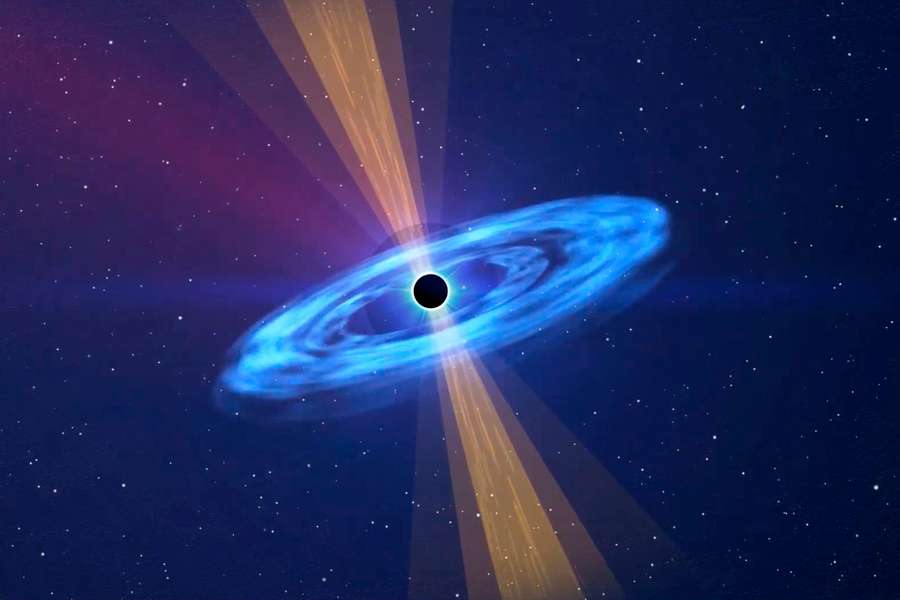
Hidden stars shape nebula
JWST’s new infrared observations of the Southern Ring Nebula reveal two, perhaps even three, stars hiding in the dust. The images were used to reconstruct how these stars shaped the nebula as they interacted with the original star while it was throwing off around 2.5 solar masses of gas to form the nebula.
First water worlds
The first ever pair of water worlds may have been discovered in orbit around the red dwarf star Kepler-138. They are about three times the volume of Earth, but only twice the mass. The lower density indicates that a higher proportion of their mass is water rather than rock, compared to Earth – enough to flood our planet.
Survey lacks wow factor
New research into the Wow! signal’s origin – the unexplained 72-second radio blast detected in 1977 – has found no sign of its cause. Previous work had identified a potential origin star system using the Gaia catalogue, but observations with the Green Bank and Allen Telescopes found no significant radio emissions.

Black hole, bright flash
A bright flash of light with the power of over 1,000 trillion suns spotted in early 2022, AT 2022cmc, was created by a jet of material moving at 99.99 per cent the speed of light, astronomers have concluded after extensive study. The jet emanated from a black hole that had just begun devouring an unlucky star.
The end is InSight
After more than four years listening for marsquakes, NASA has officially retired the InSight Mars lander, as its solar panels are now so dusty they cannot generate enough power. The lander’s last communication reached Earth on 15 December, though NASA continues to listen in case the lander phones home one last time.
Ghostly glow
Our Solar System is surrounded by a ghostly glow, according to astronomers who have just finished measuring the background in 200,000 archival Hubble images. The glow is tiny – the equivalent of 10 fireflies spread across the night sky – but could indicate a shell of dust beyond Pluto reflecting sunlight back to Earth.